CARING WITH FAMILY
|
| The level of affection a breed displays towards family members and other people they know well can vary. Some breeds are naturally more aloof and reserved while others are known for being generally affectionate and friendly with everyone they know. |
LOVE WITH CHILDREN
Unwise
Good With Children
|
| The level of tolerance and patience a breed has with children's behavior as well as its overall family-friendly nature are important considerations when choosing a dog breed. While some breeds naturally have a gentle and patient nature around children, it's crucial to remember that all interactions between dogs and young children should be supervised regardless of the breed. |
BEHAVIOR WITH DOGS
Unwise
Good With Other Dogs
|
| You are correct that some breeds have a natural tendency to be more friendly and sociable with other dogs both within the home and in public settings. However, it's vital to note that there can be individual variation within breed tendencies and each dog's personality and socialization experiences play a significant role in their behavior towards other dogs. |
SHEDDING LEVELS & MANAGEMENT
No Shedding
Hair Everywhere
|
| The Lakeland has a double coat consisting of guard hair and a fine undercoat, which means they do shed. While the amount of shedding can vary from dog to dog generally speaking Lakeland are considered moderate to heavy shedders. As you mentioned breeds that shed more tend to require more frequent brushing to remove loose hair and minimize the amount of hair left behind in the environment. Regular brushing also helps to prevent matting and keep the coat healthy. |
COAT GROOMING STANDARDS
|
| The Lakeland has a moderate maintenance level when it comes to grooming. While they don't require excessive grooming compared to some other breeds, regular care is still necessary to keep their coat and overall appearance in good condition. Bathing requirements for the Lakeland can vary depending on their lifestyle. Generally, it is recommended to bathe them every 2-3 months unless they become particularly dirty or develop a specific skin condition that requires more frequent bathing. Over-bathing can strip the coat of its natural oils so it's important to strike a balance and not bathe them too frequently. |
DROOLING INTENSITY
Less Likely to Drool
Always Have a Towel
|
| The Lakeland is not known to be a particularly drool-prone breed. They typically do not have excessive drooling tendencies compared to some other breeds. However, individual dogs can still vary in their drooling habits. While some drooling may occur, it is unlikely to be excessive or to leave "ropes of slobber" or create big wet spots on your clothes. Generally, the Lakeland does not have a reputation for being a heavy drooler. |
COAT STYLES GUIDE |
| Wiry, Double |
| COAT SPECTRUM |
| Short |
FRIENDLINESS
Reserved
Everyone Is My Best Friend
|
| The Lakeland is not known to be a particularly drool-prone breed. They typically do not have excessive drooling tendencies compared to some other breeds. However, individual dogs can still vary in their drooling habits. While some drooling may occur, it is unlikely to be excessive or to leave "ropes of slobber" or create big wet spots on your clothes. Generally, the Lakeland does not have a reputation for being a heavy drooler. |
LIVELINESS
Only When You Want To Play
Non-Stop
|
| The Lakeland is generally not known for being a highly playful breed, especially as they mature into adulthood. While they may enjoy playful interactions and games as puppies their level of enthusiasm for play tends to decrease as they grow older. |
VIGILANCE INTENSITY
What's Mine Is Yours
Vigilant
|
| The Lakeland has a strong natural instinct to be alert and protective, which can make them excellent watchdogs. They are known for their ability to sense and alert their owners of potential threats or strangers in their surroundings. This breed is likely to respond to any perceived danger or unfamiliar person, whether it's the mailman or a passerby. Their instinct to protect their family and territory is deeply ingrained. |
ADAPTATION CAPACITY
Lives For Routine
Highly Adaptable
|
| The adaptability of a breed to handle change can vary. Some breeds are naturally more adaptable and able to handle changes in living condition The Lakeland is a breed that typically prefers a stable and consistent living environment. Like many other working and guardian breeds they may have a more moderate adaptability to change compared to some other breeds known for their flexibility. |
OBEDIENCE LEVEL
Self-Willed
Eager to Please
|
| The Lakeland is a breed known for its independent and intelligent nature. They have a reputation for being a bit more independent-minded and less eager to please their owners compared to some other breeds. This can make training them a bit more challenging at times. |
STAMINA LEVEL
|
| The Lakeland is a breed that falls into the category of moderate to high energy levels. While not as intense or high energy as some working breeds they still require a good amount of exercise and mental stimulation to thrive. Regular exercise is important for the Lakeland to maintain their physical and mental well-being. They benefit from daily walks, jogs, or other forms of physical activity. A fenced yard or safe area where they can engage in off-leash exercise is also beneficial. While they have an inherent protective nature, it's important to keep them exercised and mentally stimulated to prevent boredom which can lead to undesirable behaviors. |
VOCALIZATION
|
| Medium |
LEARNING CURIOSITY LEVEL
Happy to Lounge
Needs a Job or Activity
|
| The Lakeland is an intelligent breed that benefits from a good amount of mental stimulation to stay happy and healthy. While they may not have a specific job or purpose-bred task like some working breeds they still possess a need for mental engagement and challenges. Without adequate mental stimulation Lakelandok may become bored, restless or exhibit unwanted behaviors. They have a tendency for independent thinking and problem-solving, and if their mental needs are not met, they may create their own activities or find ways to keep themselves occupied. |
| COLORS | . |
| PATTERNS | Marking |
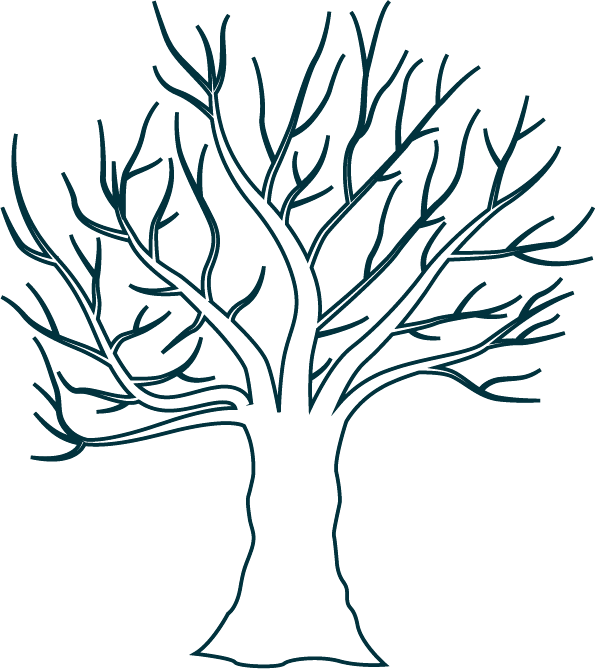


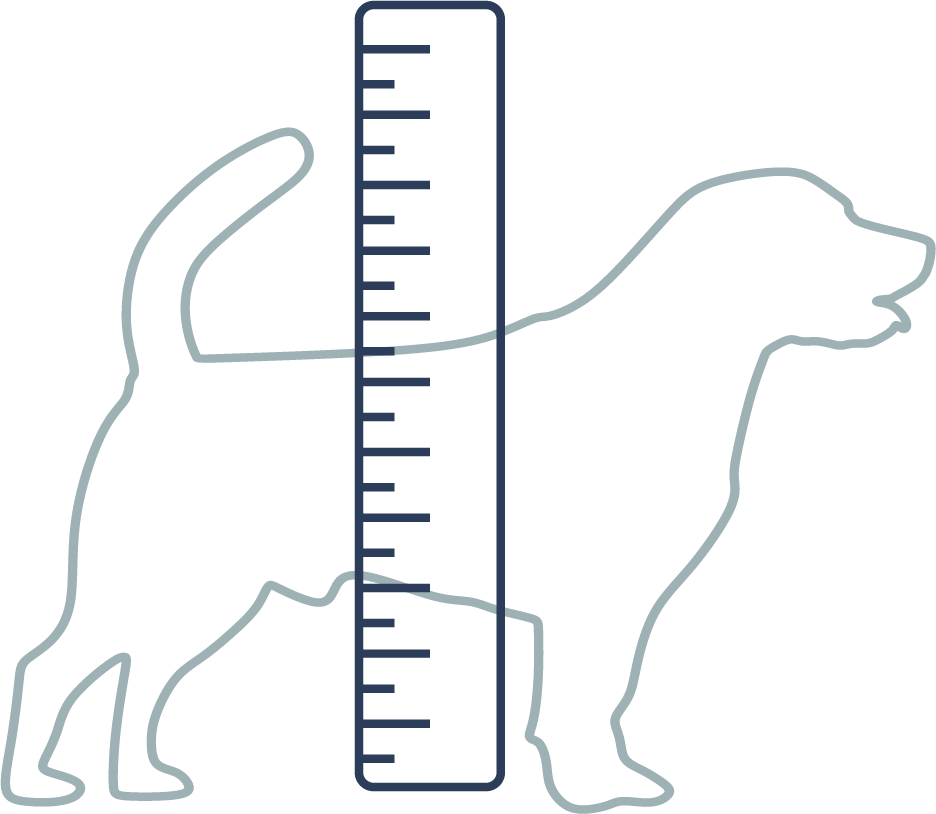


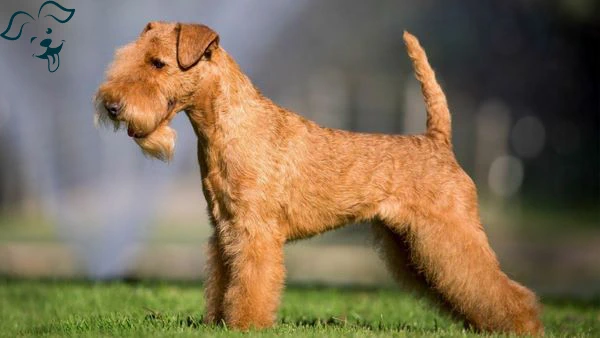
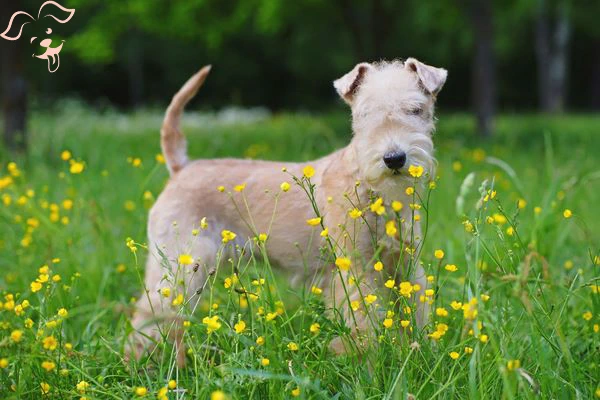
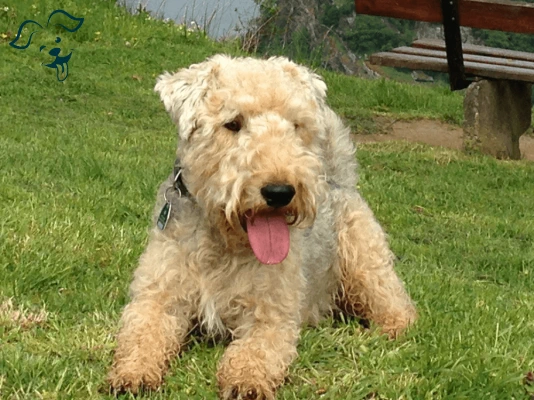
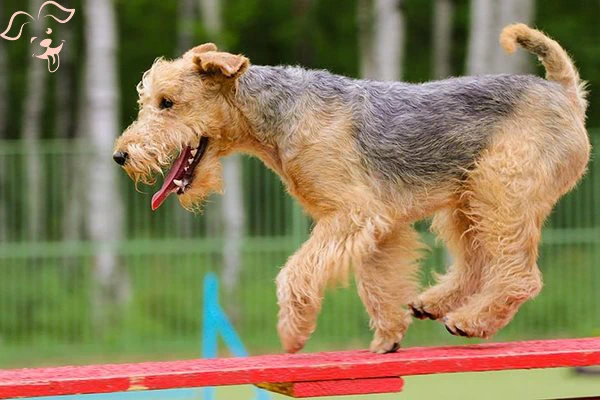




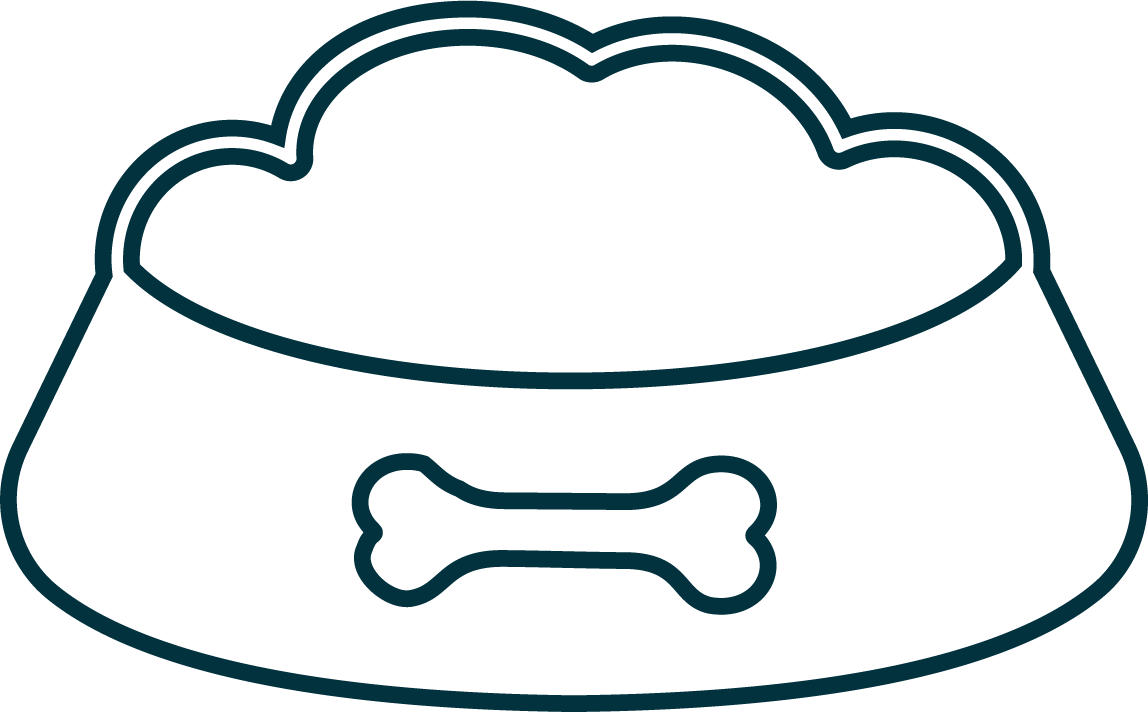
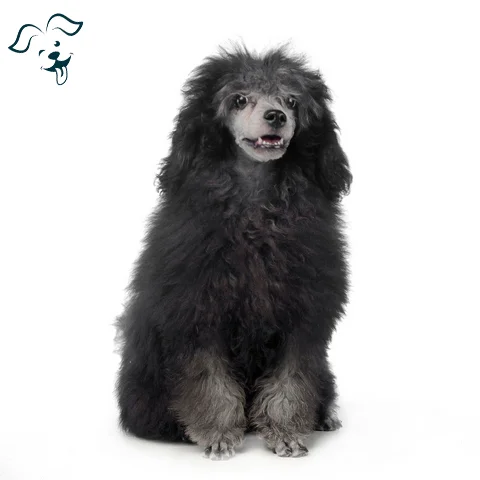

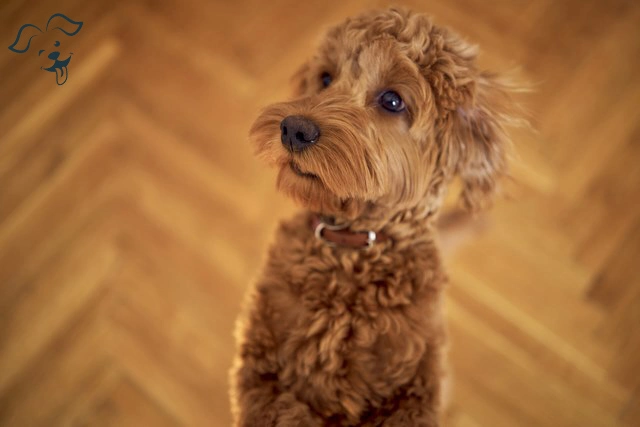
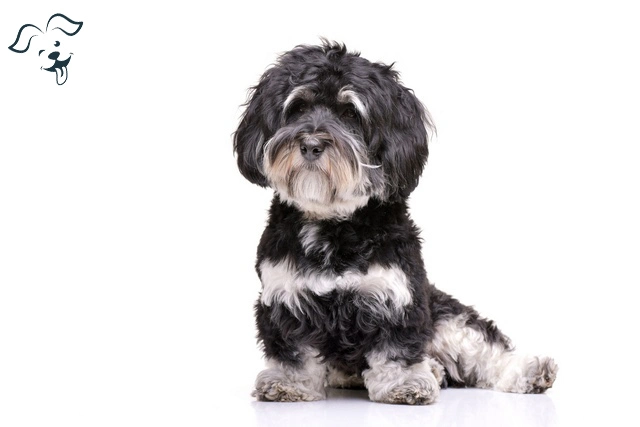
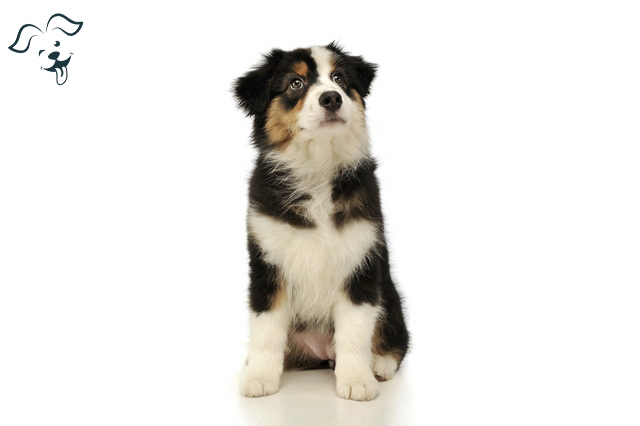
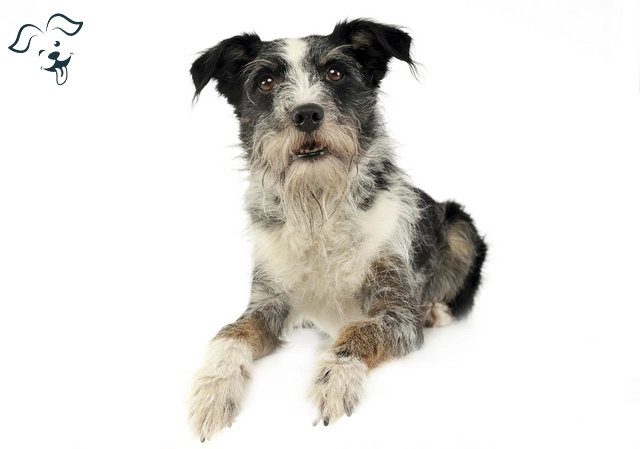
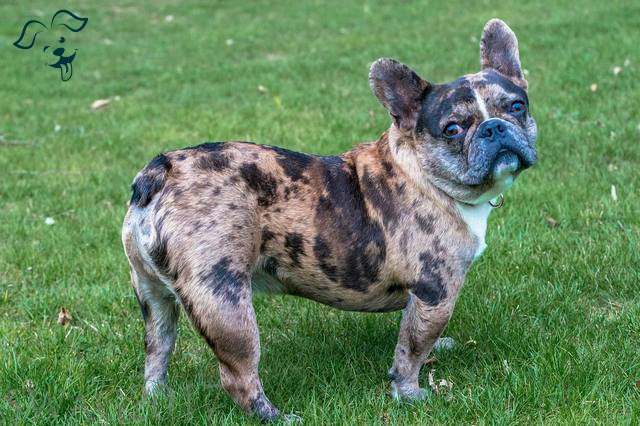
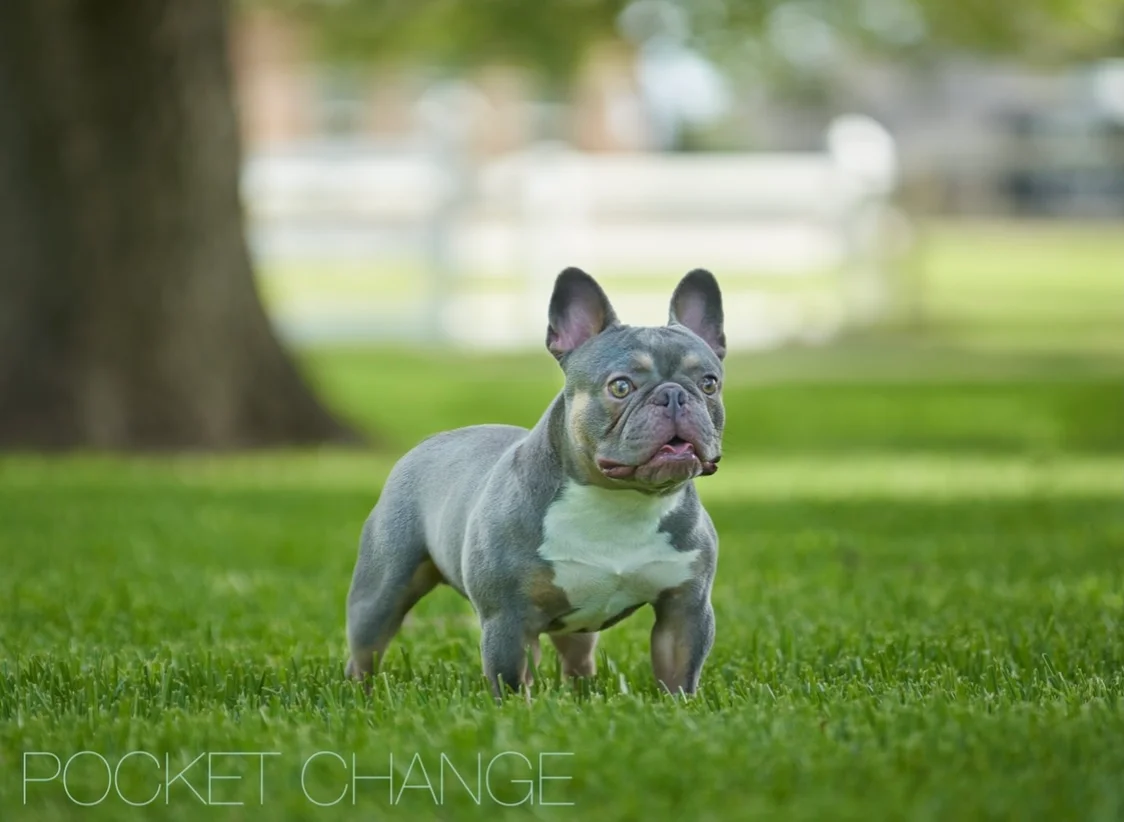
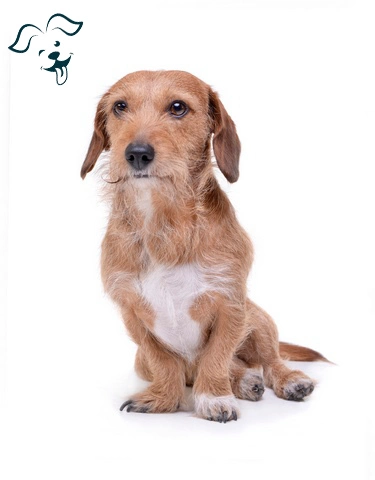
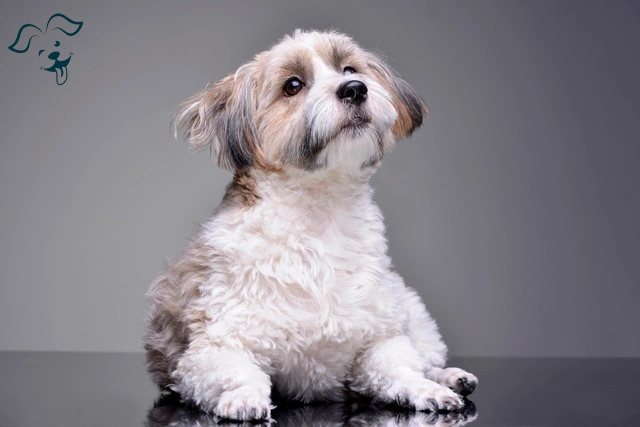
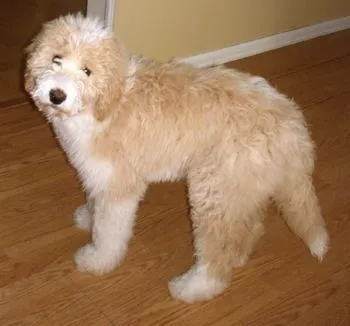
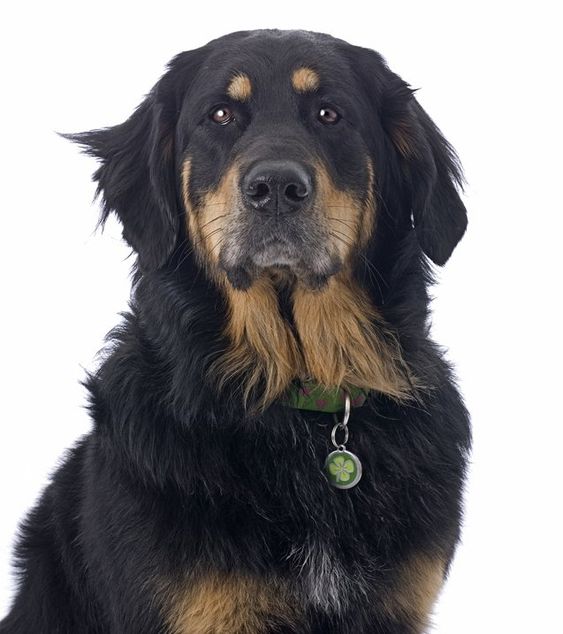
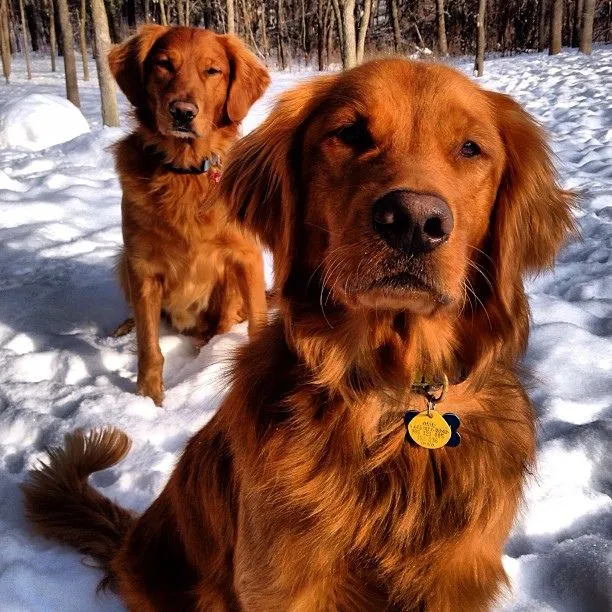
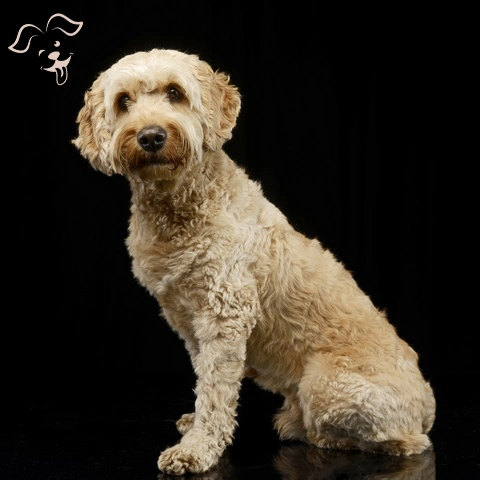
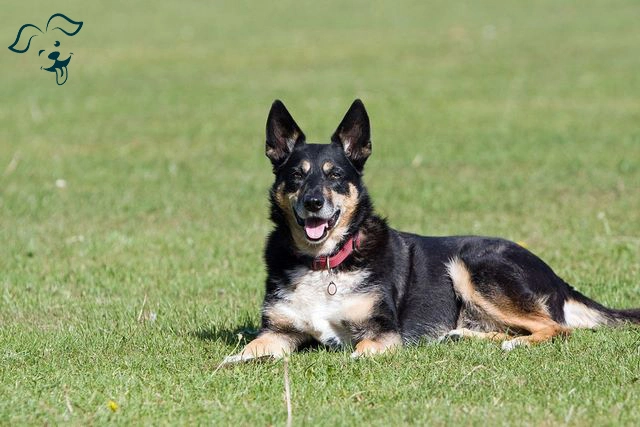
FRIENDLINESS
LIVELINESS
VIGILANCE INTENSITY
ADAPTATION CAPACITY